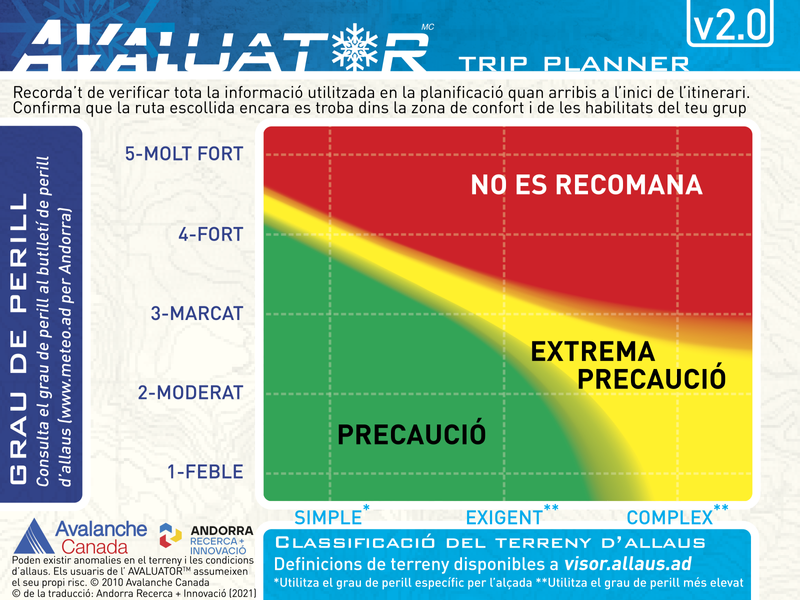Poble de Pal
 town
town






General Description
Conjunt històric que conserva tot el seu encant. S’ha de passejar pels carrers empedrats envoltats de bordes, amb l’església de Sant Climent al capdavant. I una miqueta més amunt del poble, el sector Pal de Vallnord.
Pal, es tracta d’un conjunt històric que ha dut a terme tot un procés de restauració i rehabilitació per recuperar tot el seu valor històric. L’any 1998 es va iniciar un pla especial urbanístic per revitalitzar el patrimoni històric del poble, amb tota una sèrie de programes temàtics que pretenen incentivar les actuacions de restauració, de forma programada i centrada cada cop en una temàtica en concret (llosats, parets, fusteria...). Aquest dinamisme és el que ha permès que esdevingui un dels poblets amb més encant de tot el Principat, una visita obligada per entendre la identitat pirenaica.
Report incidence

 Routes and points of interest
Routes and points of interest  Agenda and events
Agenda and events  Online Store
Online Store  Information of Interest
Information of Interest  contact
contact 












